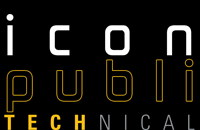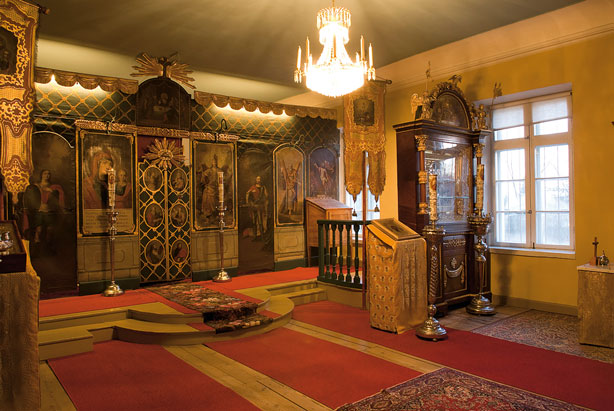

|
Lining methods
Finland possesses three transportable iconostases, all of which were painted on canvas presumably at the end of the 18th century and used as transportable churches in the 19th century. Two of them were subsequently permanently installed in the orthodox churches in Loviisa and Ahvenisto, where they can be seen today. The third was used in the middle of the 20th century in the orthodox chapel in Sotkuma.
The paintings in Sotkuma iconostasis were at some point cut in to pieces and the surviving eight icons were brought to the Valamo Art Conservation institute in 1989 wrapped in a tight scroll with the paint layer inside. Some of the figures, notably archangels, were cut along the outline, while Christ Pantocrator and the Mother of God were cut along the outline of the painted frame. In the scroll were also two paintings of feasts, and two cherubs.
The paintings on silk canvas, cut in pieces and wrapped in the scroll, were rather in good condition, and the paint layer was mostly undamaged. Damage was mainly craquelure, some flaking of paint layer, small tears, dirt and stains. Naturally wrapping in the scroll had caused some damage as well. Previous restoration was done is small scale.
Conservation of the paintings was started in the Valamo Art Conservation institute in 2007. Conservator dealing with so called “normal” paintings rarely runs into works done in this special technique. Thus valuable expertise was contributed by the conservators Eugenia Shukina and Nina Rusakova from the mixed media section of the Conservation Department of the Russian Museum in St. Petersburg.
Work was continued in the workshop in Valamo in February 2008 under the auspices of the Icon Network-project supported by the European Commission.
Different methods and materials were considered and discussed widely. In practise both synthetic and natural materials were used. For every conservator the aim was however the same; the paintings need to be stretched into a frame in order to preserve them.
Work begun by flattening the painting, securing the flaking paint layer and consolidating the layers. Both sides were cleaned, varnish and overpaint from picture side were removed, and holes patched. Finally paintings were lined with isolative and supporting paper before attaching them on new canvas.
As stated before, different kind of adhesives, as well as lining materials were used.
Part of the paintings have been treated only as described here, in some paintings damages were also restored.



